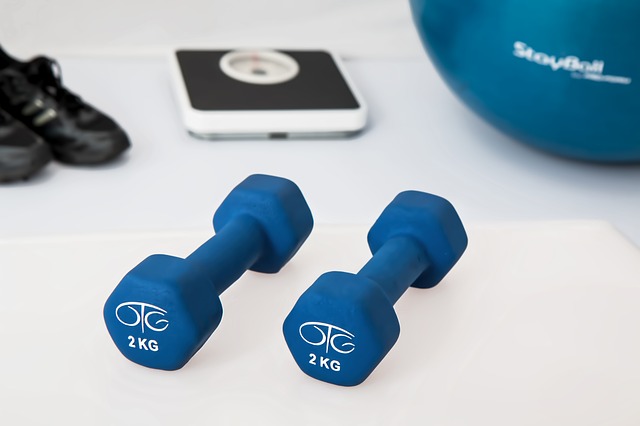Guest Blogger: Samantha Langan, Occupational Therapist
Wellness in the workplace is about supporting healthy behaviours in the workplace to improve health outcomes. This includes emotional, cognitive and physical health. Now everyone knows that physical activity is essential to remaining in good health, yet a recent bulletin published by The Conference Board of Canada (2014) highlights that currently only 15% of Canadian adults are getting the recommended 150 minutes per week of moderate to vigorous physical activity. Moreover, with the majority of working age adults spending at least 7-8 hours a day in sedentary jobs, this is leading to serious consequences for both our health and our economy.
Physical inactivity and sedentary lifestyles increase the chance of developing chronic health conditions such as diabetes, high blood pressure, heart disease and cancer. While this is concerning when considered on its own, it is essential to remember that these health conditions can also have a myriad of consequences that impact a person’s ability to perform at work. For employers, factors such as reduced productivity, presenteeism, absenteeism, increased health care or disability costs and staff turnover are all by-products of having an unhealthy, inactive workforce. In 2012, direct costs related to absenteeism alone was estimated to be $16.6 billion in Canada. That is a substantial loss for the Canadian economy. However, many businesses are beginning to recognize the role of promoting and incorporating physical activity into their work environment in order to support improved employee health and wellbeing, as well as to support improvements in their bottom line. If you are thinking of incorporating physical activity into your workplace, here are some things to consider before starting:
1. Build support from the top down: Make the business case for increasing employee physical activity, and develop workplace policies regarding physical fitness in the workplace to support this. In order to be successful, there needs to be commitment from leadership as well as having this reflected in corporate policies and practices, including having the financial means to do so.
2. Provide resources and education: Ask your employees what sorts of physical activities and programs they are interested in, and offer resources and education on a variety of programs so that everyone can find something that suits their wants, needs and interests. Consider offering newsletters, bulletins, or guides on upcoming community events or health fairs, as well as inviting guest speakers from your community regarding local fitness events and activities. Help your staff find a support group or “buddy” from work to encourage one another and be accountable for being active.
3. Provide incentives: Not only does management need to be on board, but in order to make regular physical activity a part of your workplace, you also need your employees to be engaged. Some workplaces create a friendly competition for staff to participate in as a way to entice participation. Consider offering incentives to staff such as a bonus, additional time off, or reduced insurance premiums. Recognize those members of your team who are incorporating physical activity into their daily routine. Some businesses also partner with local fitness organizations to offer staff reduced rates at local fitness clubs as another incentive to get employees moving.
4. Be flexible: Offer flexible working hours, such as being able to arrive a little later, or leave earlier in order to add physical activity to the day. Consider allowing staff to take an extra half hour break a couple times a week to walk or participate in the physical activity of their choice.
5. Incorporate time to be active directly into the work day: Start each workday or shift with a stretching program, or map a 10 minute walking route inside or outside your workplace and encourage your staff to take a mid-morning or afternoon activity break. Depending on your workplace lay out, encourage the use of the stairs or walk-and-talk meetings, where staff walk for all or parts of a meeting. Depending on the needs of your organization, active breaks can be customized to fit what works for you.
Investing in the physical activity levels of your employees can be achieved through even small, affordable changes and can lead to improved employee health and wellness, enhanced corporate image, a positive workplace culture and gains in staff productivity, all while reducing presenteeism and absenteeism rates and a better bottom line.
For more great articles related to workplace wellness, please visit our Healthy Workplace page.
Resources
http://wraln.com/userContent/documents/6436_MovingAhead_Economic%20ImpactBR-EN.pdf
http://www.ccohs.ca/oshanswers/psychosocial/active_living.html
http://fitness.mercola.com/sites/fitness/archive/2013/06/07/employee-wellness-program.aspx
http://www.cdc.gov/workplacehealthpromotion/implementation/topics/physical-activity.html
http://www.cdc.gov/nccdphp/dnpao/hwi/downloads/Steps2Wellness_BROCH14_508_Tag508.pdf

